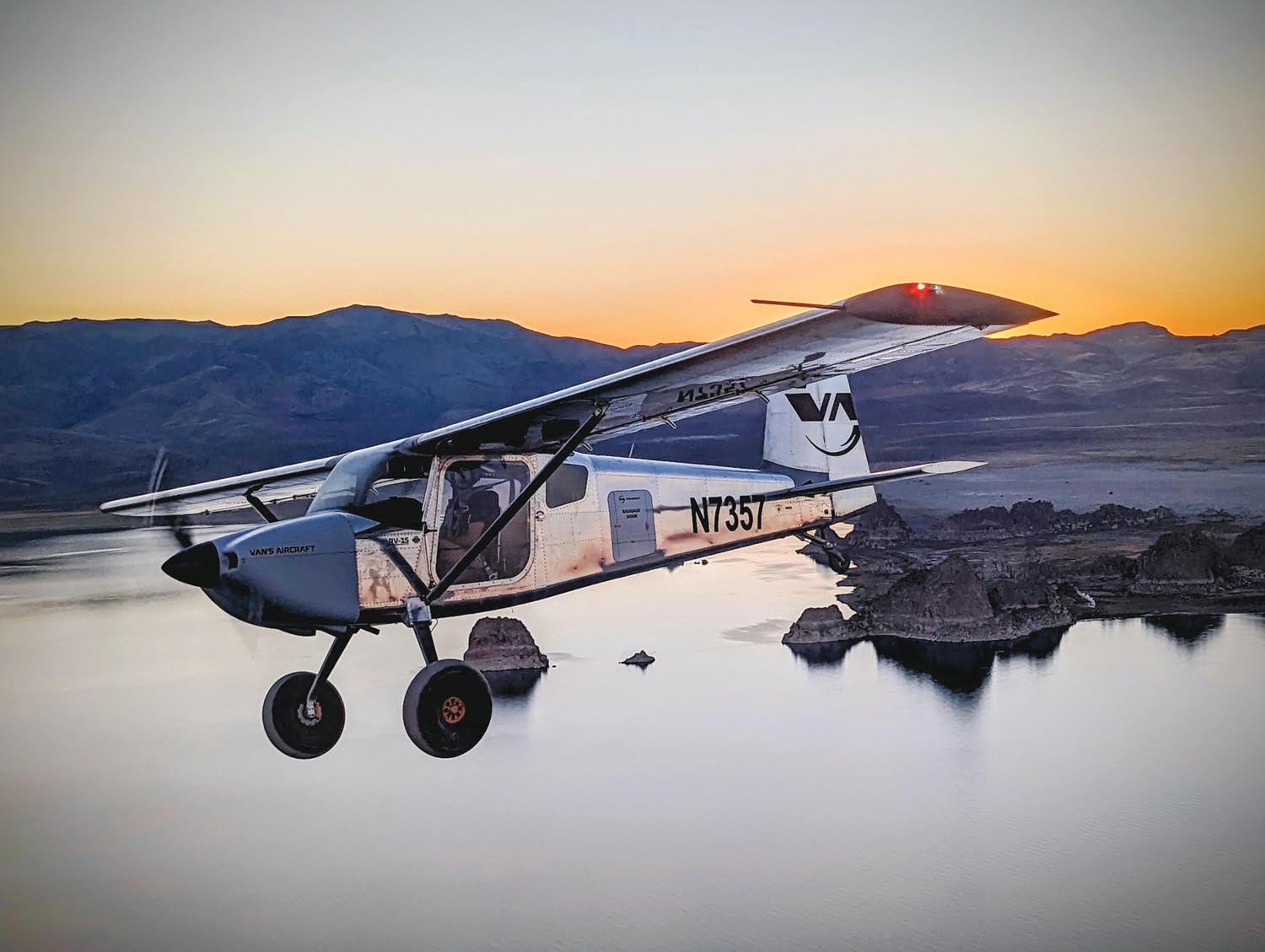 You are not alone wondering what’s happening in and around Aurora, Oregon, where the Van’s Aircraft crew continues development of the RV-15 high-wing utility aircraft. After a loud and successful debut at AirVenture last summer, the airplane went back home to resume its flight-test program. As all good companies do, Van’s went largely quiet during this time. Better to do the hard work of determining what works and what doesn’t in the quiet of a methodical flight-test program than to bleat out press releases.
You are not alone wondering what’s happening in and around Aurora, Oregon, where the Van’s Aircraft crew continues development of the RV-15 high-wing utility aircraft. After a loud and successful debut at AirVenture last summer, the airplane went back home to resume its flight-test program. As all good companies do, Van’s went largely quiet during this time. Better to do the hard work of determining what works and what doesn’t in the quiet of a methodical flight-test program than to bleat out press releases.
What’s taking so long? Let’s not lose sight of the fact that the RV-15 embodies many design traits new to Van’s. Yes, the RV-12 also has a stabilator but the two designs are dissimilar in design intent, size, weight and expected performance. Ask Cessna or Cirrus how long new-airplane development can take.
Breaking the Silence
At the end of January, Van’s participated in EAA’s Homebuilders Week with a seminar on the RV-15. In it, company president Rian Johnson, veep Greg Hughes, engineer Rob Heap and test pilot Axel Alvarez discussed the development program and offered careful predictions on where they’re going. (The seminar should still be available for viewing at content.eaa.org/videos.)
I’ll answer your first question here: The RV-15 is still on track to be available a year to 18 months after last summer’s reveal, meaning that it’s possible—though not a dead cert—that you’ll be able to wave money at Van’s come Oshkosh. At this stage, precise timetables for specific kit availability remain undefined, as has the cost of the kits. We have speculated before that based on the content in the airplane, the size of the model and other factors, it’s likely the kit price will be closer to an RV-10’s than, say, an RV-14’s. With full quickbuild options, today’s RV-10 kit costs just under $81,000, while the sophisticated RV-14 kit is around $64,000. Remember that the RV-15 is larger than the -14 and the impressive new air-spring gear system has some high-end parts that aren’t going to be cheap. No prices have been announced, of course, so we’ll know when we know.
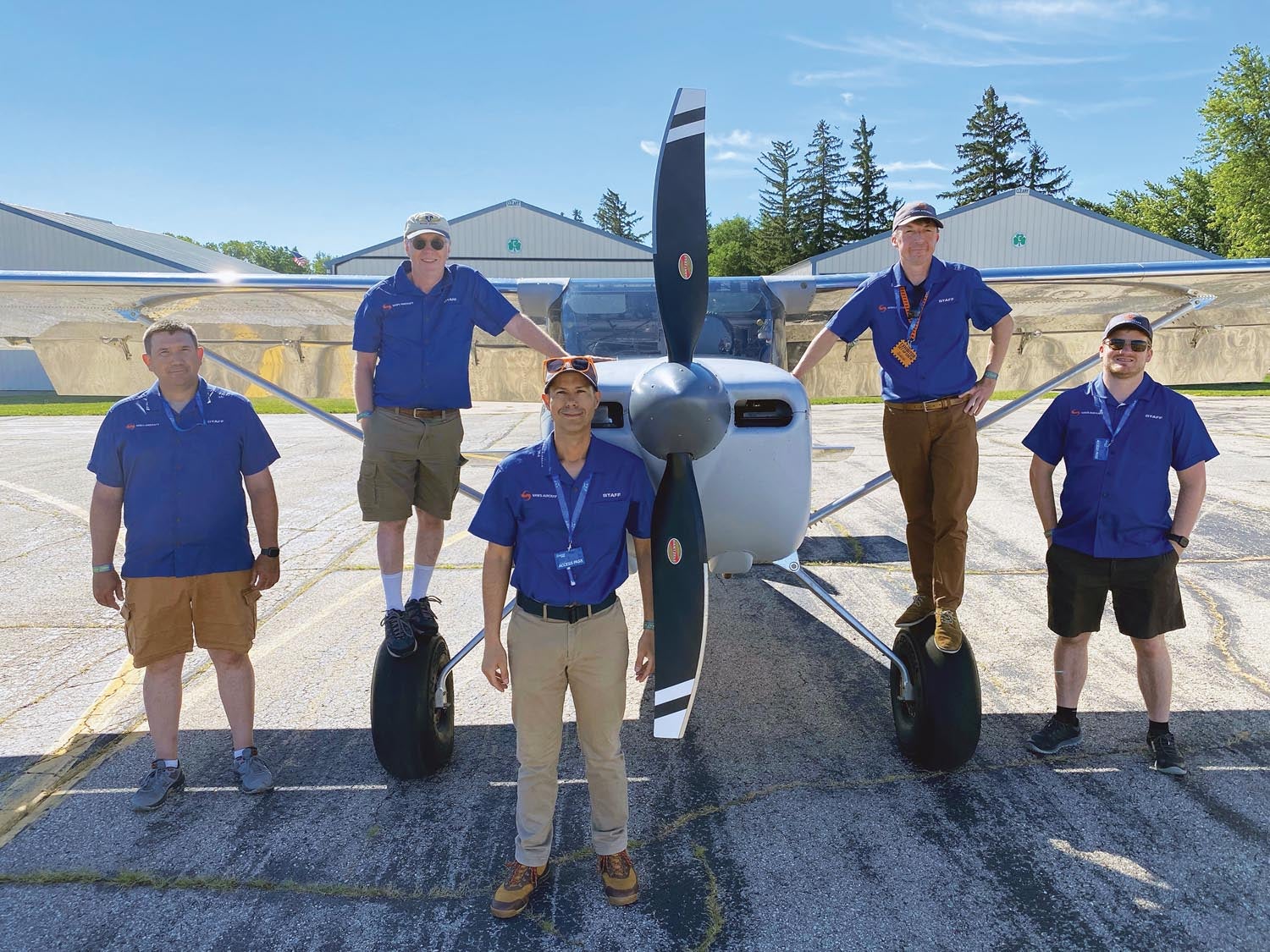
Reviewing the seminar and then following up with questions for the staff afterward gave me a good view of what’s happening and where the project is headed in the near term. Here’s the executive summary, if you will.
You may remember that the company was careful to call the first airplane a “test article,” saying that many things were going to be tried—not all of them had to be successful for the airplane to be a success. Sometimes you learn the most from your assumptions that don’t work out. Regardless, the test article you all have seen was built to prove the overall design but was also built quickly. It has no fuel in the wings, the control system in the wings was not like what they expected to build and there are other ways the quick-to-flight first airplane would differ from the individual kit.
Rian Johnson told me the plan was to build a new set of wings with fuel tanks in the second quarter of 2023. This will allow them to test internal changes as well as the existing airplane’s handling with fuel in the wings—not where the passenger would sit as it is now. There are other changes, which we’ll touch on in a moment, that will require a new airframe to be built. The timeline for that is the second half of the year. Eventually, of course, the new wing and the new fuselage will be mated and additional testing will follow.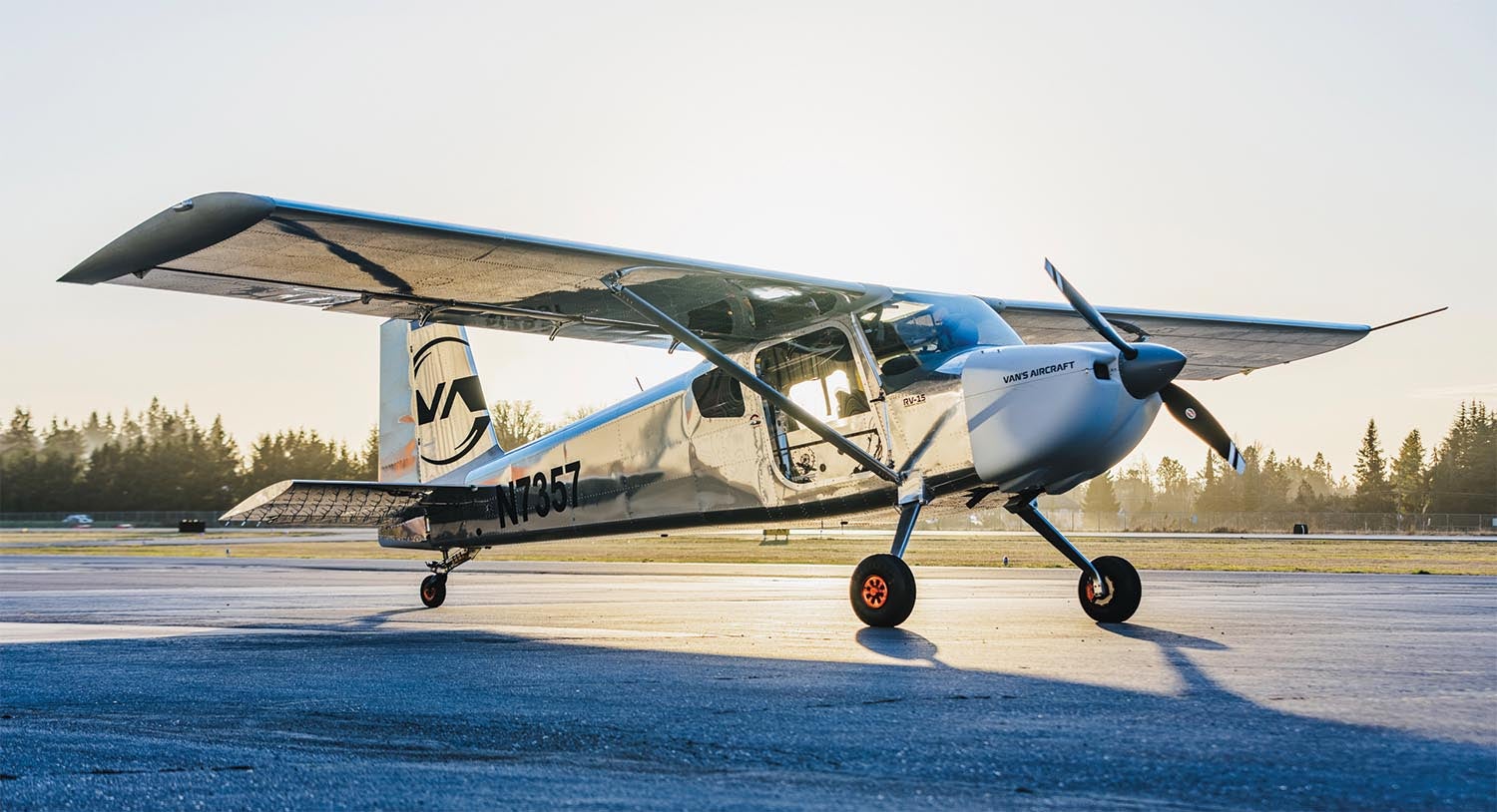
Let’s take a moment to put this in perspective. Once committing resources to a given design, many kit companies would try every avenue to avoid making major changes. Changes take time and cost money, especially if you’ve built tooling or ordered components. It’s not unusual, at the Experimental level or even in the certified world, for so-called Band-Aid fixes to appear so that the core configuration could be saved.
Instead, Van’s has decided that it could do better with several aspects of the RV-15’s design, including handling and load carrying—plus it’s looking beyond today and making changes that, as much as is possible, can “future proof” the design. These changes have resulted in modifications that may be hard to see in the final airplane but will be evident under the skin or in the way it flies.
For starters, Van’s is moving the wing aft by “about” 4 inches. It is also moving the engine forward and down by an inch each way. More on that in a moment, but let’s stay on the control system. In the test article airplane, T-strips (or Gurney flaps) were applied to the trailing edge of the stabilator to test feedback. Previously, the split tabs on the trailing edge were designed as one for trim and one for the anti-servo function common to stabilators. The tail has already been reworked to join the tabs so they both trim and act as an anti-servo—clearly Van’s was looking for more authority in this realm.
In the seminar, Rian Johnson admitted the stabilator was something they wanted to try, especially as it had been successful on the Helio Courier. “We borrowed a few things from that airplane,” he said. The key benefit is low weight for high authority, which Van’s feels is needed with a STOL design carrying big flaps. Is it possible the RV-15 production kit will revert to a conventional stabilizer and elevator? Sure. But it’s clear the company wants to exhaust all development on the stabilator before making that decision.
There have already been tweaks to the ailerons and rudder as well as modifications to the control system in service of better handling qualities. Johnson was careful to point out that the RV-15 will be an RV in terms of overall handling qualities but we should not expect it to feel like an RV-8 with the wing on top. “We could bring that RV feel with pushrod controls, or as close to that as we can get, but we also need to understand that this is a larger airplane. It has more wingspan and more inertia. So we’re not going to get quite what an RV is but we’ll get as close as possible.”
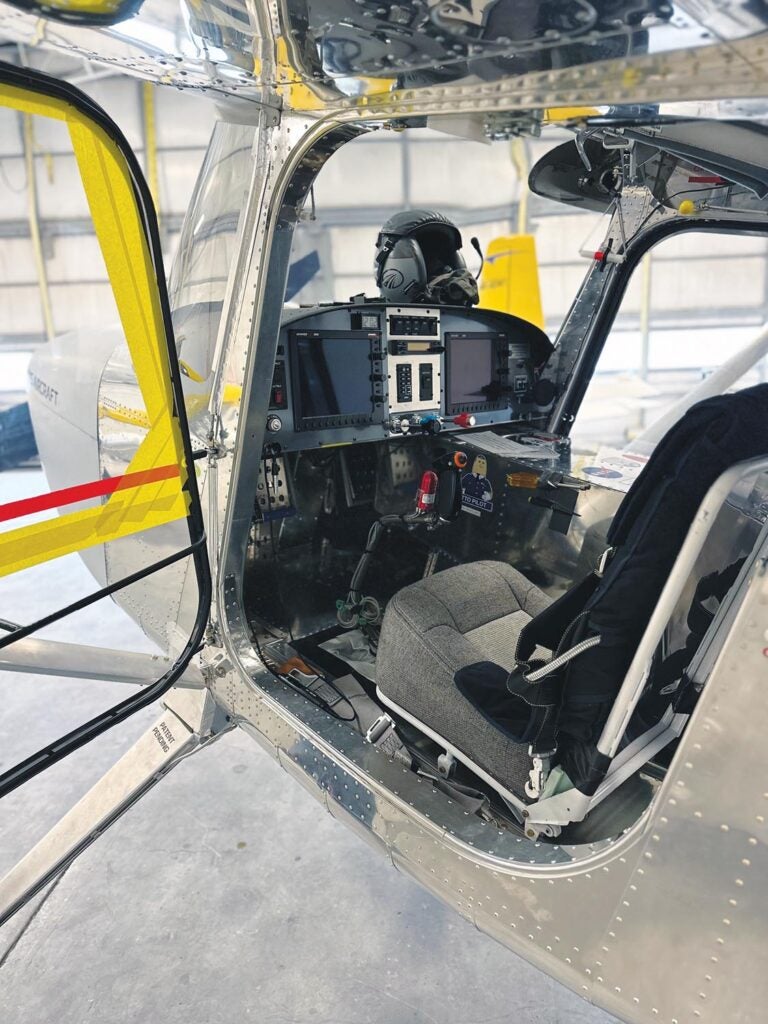
About the Wing
As mentioned, Van’s will move the RV-15’s wing aft by about 4 inches. Rob Heap, Van’s director of engineering, said, “This gives us the ability to more easily load the airplane and maintain the CG envelope.” The wing itself won’t change in basic airfoil or span—nor will the ailerons or flaps—but there will be several changes internally to make it lighter and easier to build. It originally had built-up structural components that become extruded pieces in the final kit. Moreover, the next airplane and all kits are going to use a custom-made lift strut; the one on the test article was an off-the-shelf item that’s not optimized for the airplane.
During the seminar, Van’s said it was looking at max flap deflection, currently 50°. But late word from Johnson was that he really liked all that drag, so it’s likely that displacement will stay.
As you know, the current airplane carries fuel where the passenger would be. It was always the plan to put fuel in the wings but the news here is that the baseline capacity has grown from 50 to 60 gallons, which strikes me as right for the IO-390. (As the former owner of an IO-390-powered airplane with 50-gallon tanks, I have an informed opinion; this is a very smart move.) Van’s is also planning to locate the fuel filler just above the main-gear wheel so that you may not need a ladder to reach the filler caps.
“That move of the wing changes the cabin structure and the ergonomics, which means the flap handle moves to the floor,” says Heap. He said the ceiling-mounted handle has been “performing very well” but the wing and fuselage changes will make the configuration unworkable. “The relationship of the wing and the tail is crucial for the handling and stability of the airplane. With the wing moving back, the tail follows it, which means the fuselage is going to get longer.” It has yet to be determined how much the tail cone will also be lengthened, increasing the distance from the wing trailing edge to the stabilator leading edge. Johnson told me that even with the current configuration there has been no evidence of tail blanking with flap deployment; moving the tail farther back should only make that less likely.
Moving the wing means reworking the fuselage. Van’s is taking the opportunity to “reloft” the fuse by widening it at the A pillars and moving the instrument panel up to create more knee- and legroom. “The goal is for more room for your legs and knees in the cabin,” says Heap. And depending on where the floor-mounted flap handle ends up—within easy reach, one assumes—moving the panel and engine instruments slightly makes total sense. Because the wing moves back and the firewall stays in place, the revised RV-15 will have a more sloped windscreen and raked A pillars. It will also have a standard V brace in the window, good for structural strength but crucial for anticipated float use.
While we’re still in the cabin, understand that Van’s has finalized that this will be a two-seat airplane with a large baggage hold, planned to carry 200 pounds of your stuff. Early talk about possible 2+2 configurations yielded to the realities of the fuselage taper making the back seat suitable only for the very small. Better, Van’s feels, to optimize the airplane for real-world use of carrying camping gear (including bicycles) and such rather than tiny humans.
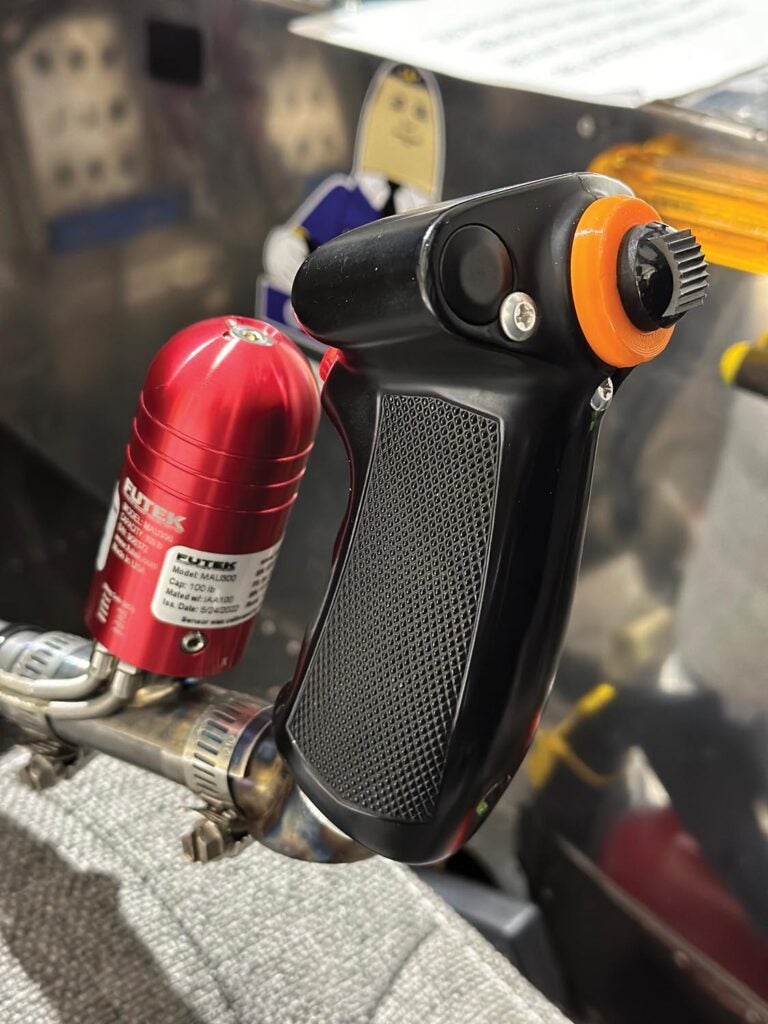
The Engine, Too
This move of the wing and stretch of the fuselage joins a relocated engine, moving one inch down and forward. Forward to help with CG and maintenance access at the back of the engine and down to maintain the really good sightlines over the nose. As a consequence of moving the engine down, you lose some prop clearance, which is why the landing gear will lengthen enough to raise the airplane that “missing” inch. For that matter, the landing gear will move back with the wing to maintain balance. (You see? No such thing as an easy change in airplane design.) Other gear changes involve moving the pivot point inboard for reduced drag along with myriad other tweaks.
In a follow-up conversation, Johnson noted that after his first extended period flying the RV-15 one of the strongest impressions involved the gear. He described it allowing pilots to get away with things they wouldn’t be able to with another style of gear. The gear’s compliance, both up front and at the tailwheel, is evident in the videos Van’s showed. Anyone here who has bounced a Cessna 170 will appreciate this gear.
Back to the engine. For now, Van’s will continue testing with the expected largest, most powerful engine, the 215-hp Lycoming IO-390. Johnson reiterated support for the lighter parallel-valve engines in the RV-15, saying the 180-hp engine would be perfect for a training version of the RV-15; moving the wing back and engine forward will help this effort. But let’s look beyond that, as Van’s surely is. Builders have become increasingly vocal about rising prices for conventional aero engines. Indeed, the cost for factory-new Lycomings has jumped, on average, 50% since 2019.
Despite its long and successful partnership with Lycoming, Van’s has to at least consider alternatives in the desired horsepower range. At this stage of the RV-15’s development, it’s foolish to close off the design to alternatives, some of which might be lighter than the IO-390, so it makes sense to drive the RV-15 in a direction that at least makes non-traditional solutions easier to implement. Note that Van’s has not said it will support other engines, but it’s clear the company is angling so it could.
Performance
Van’s test pilot, Axel Alvarez, got a chance to talk about the RV-15’s performance, citing takeoff rolls just more than 200 feet (with partial fuel and some ballast, but not at vanishingly light weights) and an initial rate of climb better than 2000 fpm at 60 knots indicated. That’s quite a gradient and should do the backcountry flyer some real good. Alvarez describes the airplane as stable and it has good ground handling. The videos accompanying the seminar showed some moderately abusive landings that the RV-15 appeared to take in stride.
While Rob Heap restated that the test article airplane was never going to be the one tested for top speed, the early indications were they were definitely on track for hitting the stated goal of 140 knots true in cruise. The various changes planned for the second airplane with the new fuselage and wing should improve its aerodynamics. We’ll see if Van’s changes its stated performance goals; it is in the nature of the company to underpromise and overdeliver.
Looking ahead, the company is prioritizing the kit development and warning early builders that the detailed assembly instructions will likely lag the availability of the kits themselves.
Think of a few of the RV-15’s development tweaks in the context of the MOSAIC program that’s on the horizon. This is a broad, industry-supported program to both expand the concept of LSA and to reduce the cost of developing and “certifying” production aircraft. Johnson specifically referred to a tricycle-gear “trainer” version of the RV-15 that could be a MOSAIC-supported airplane.
That’s for the future, though. No doubt the highest priority today is to complete refining the RV-15, develop the kit and get those pieces to market. But it’s heartening to see Van’s both taking the time to get it right and taking the steps so that the RV-15 is not just a one-hit-wonder in the currently hot bushplane category.
Photos: Courtesy of Van’s Aircraft.














I love seeing the RV-15 take shape. A true “total performance” balance of STOL and cruise is greatly appreciated. Seems like a lovely cross between a classic Vans and a C170/Courier. While I lament the abandoned consideration of a cantilever wing and support the fight to save the stabilator, I hope for renewed consideration of the four place or 2+2 configuration option as part of the fuselage lengthening and CG envelope changes underway. A hearty yes to all those with mountain bikes and back country camping aspirations; no rear seat for you. However, for the rest of us with little future pilots under wing (children, grandchildren, etc.), a rear seat option is needed.
You totally lost me at 2-place only. Yawn. Moving on. I’ve got another 15 years or so until it’s just me and the wife so…. Sad face
Yes, please consider the 4 seat configuration. I ave to imagine that there are many that would appreciate the extra huge cargo bay, and the rest of us would love the ability to haul a couple of extra people around.
Van’s has confirmed the RV-15 will be designed only as a two-place model.
An all metal cross between a GlaStar and and Sportsman 2+2?
Actually, the rear seat in a Stortsman is an option extra.
An all metal Sportsman 2 then.
I imagine it will go head to head with the Sportsman, the Murphy Radical and the Bearhawk Companion.
People will prefer it because it’s a Vans if the company overcomes its recent unpleasantness.